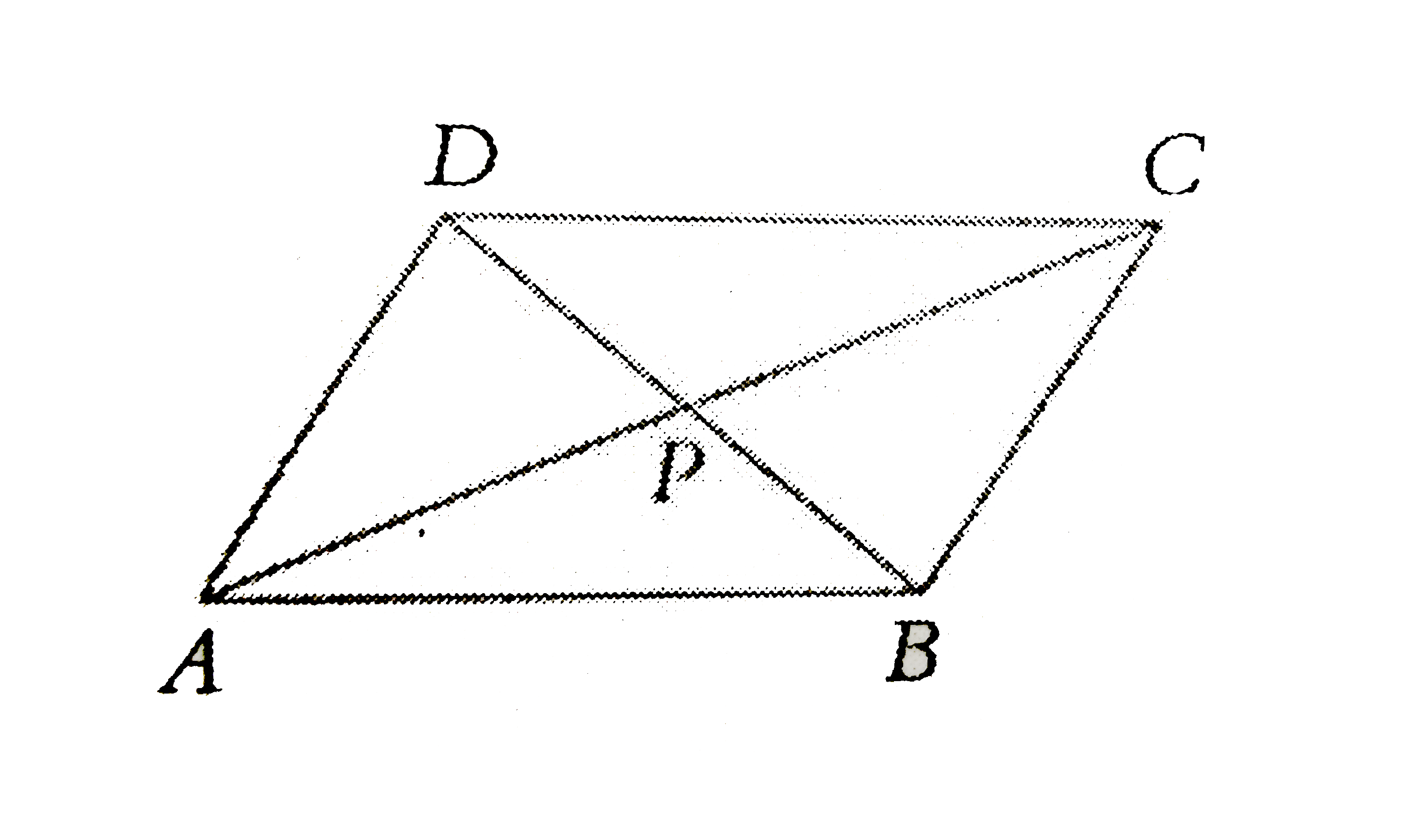ABCD is a cyclic parallelogram and AC = 9 cm, find BD.Solution in Telugu
Step by step video & image solution for ABCD is a cyclic parallelogram and AC = 9 cm, find BD. by Maths experts to help you in doubts & scoring excellent marks in Class 9 exams.
Updated on:21/07/2023Topper's Solved these Questions
Similar Questions
Draw a circle, identify a point on it. Cut arcs on the circle with the length or the radius in succession. Hoe many parts can the circle be divided into ? Give reasons.
View SolutionIn a parallelogram ABCD diagonals AC and BD intersect at O and AC=6.8cm and BD=13.6cm. Find the measures of OC and OD.
View SolutionBD intersect at 0 and AC = 12.8 cm and BD-7.6 In a parallelogram ABCD, diagonals AC and cm. Find the measures of OC and OD
View Solution
In the figure above, ABCD is a parallelogram , and if AC=30 cm and BD=20 cm, find CP+DP.
View SolutionIf ABCD is a parallelogram, then −−→AC−−−→BD=
View SolutionDiagonals AC and BD of a parallelogram ABCD intersect at O. If OA = 3 cm and OD = 2 cm, determine the lengths of AC and BD.
View Solutionचित्र (13.28) में
अतः OC=3.4 सेमी व OD=2.8 सेमी
 ABCD एक समान्तर चतुर्भुर्ज है। जिसके विकर्ण AC व BD बिन्दु O पर प्रतिच्छेद करते है। यदि AC=6.8 सेमी BD=5.6 सेमी तब OC व OD की लम्बाई ज्ञात कीजिए।
ABCD एक समान्तर चतुर्भुर्ज है। जिसके विकर्ण AC व BD बिन्दु O पर प्रतिच्छेद करते है। यदि AC=6.8 सेमी BD=5.6 सेमी तब OC व OD की लम्बाई ज्ञात कीजिए।
View SolutionIn a parallelogram ABCD diagonals AC and BD intersect at O and AC = 7.4 cm and BD = 6.2 cm. Find the length of AO and BO.
View SolutionIn a parallelogram ABCD diagonals AC and BD intersect at O and AC =12.6 cm and BD = 9.4 cm. Find the measures of OC and OD.
View SolutionABCD is a parallelogram, with AC, BD as diagonals, then −AC−−BD is equal to
View SolutionDiagonals AC and BD of a parallelogram ABCD intersect each other at O. If OA= 3 cm and OD = 2 cm, determine the lengths of AC and BD.
View SolutionIf ABCD is a parallelogram then ¯¯¯¯¯¯AC+¯¯¯¯¯¯BD=
View SolutionABCD is a parallelogram, with AC, BD as diagonals, then −AC−−BD is equal to
View SolutionIn a parallelogram ABCD, diagonals AC and BD intersect at O and AC = 6.8 cm and BD = 5.6 cm. Find the measure of OC and OD.
View SolutionABCD is a parallelogram, with AC, BD as diagonals. Then →AC−→BD=
View Solution
